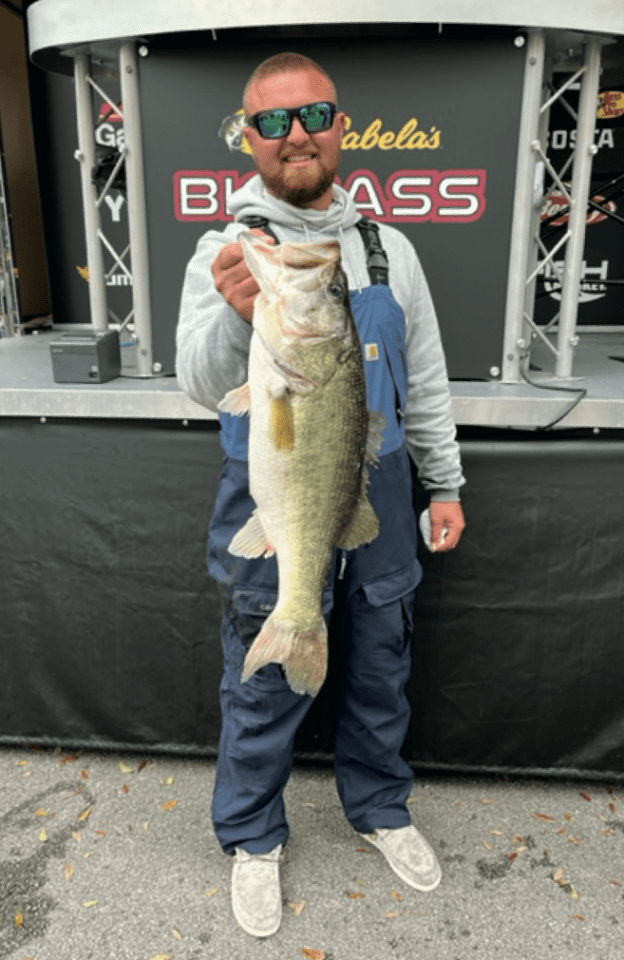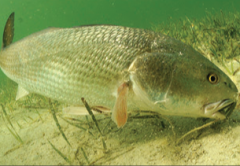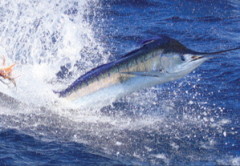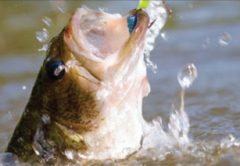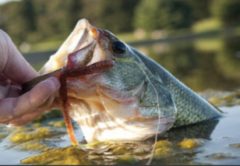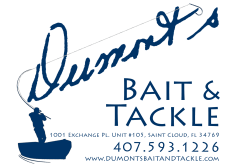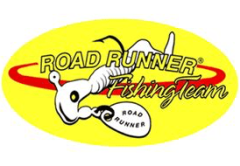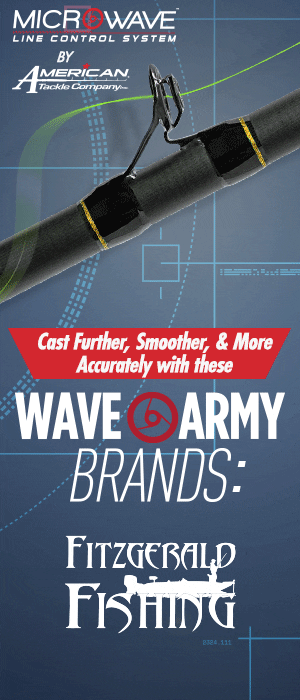Our great fishing state of Florida has the reputation as one of the best destinations in the United States to catch a trophy-sized bass. For those anglers who live here year-round, many have a trophy bass to their credit. FWC has a program currently in place – when a trophy bass is caught (8lbs. or larger) it can be registered for some great prizes and the angler receives a trophy catch certificate. The awards for the FWC “Trophy Catch” program gets better when a bass over 10lbs. is caught and even better when your bass is over 13lbs., visit www.myfwc.com to get registered.
Anglers who live here and fish year long, the few months between January and April provide the best opportunities to catch huge largemouth bass. Bold anglers willing to fight the cold cloudy and blustery days with rain will have a very good chance at catching one of these monster fish. Central Florida’s surrounding freshwater fisheries rival the best in the country. The St. Johns River, Harris Chain of Lakes, Clermont Chain, the Kissimmee Chain of Lakes, Kissimmee River and Lake Okeechobee are among the best “Trophy Bass” producers in the U.S.
The bass are in spawning mode in March. These fish will leave the deeper water haunts to find available cover nearby creating spawning areas. The bigger females will eat large baits as they wait for the call from Mother Nature. Usually, the females will be close to the spot where the spawn will take place in heavier dense cover. Over the next months during moon phases, anglers will have the chance at catching the heaviest bass of the year. Some females over the 8-pound mark will gain as much as 3 pounds in eggs, along with their hearty appetites for just about anything that gets near them they’ll fatten up during this spawning cycle.
When the cold fronts start passing every 7 to 10 days, the warm spikes in between will be the year’s best bite days. When we have several days of cold weather the water temperature drops into the low 50-degree range. The bass being a cold-blooded animal will be at the same temperature range, with slowed metabolism. When new moon or full moon arrives, Mother Nature’s spawning- bell will surely be ringing. The cold-water temps will group the bass within close proximity to the bedding areas, under the thickest of cover. The recent spraying treatment for water-hyacinths and hydrillia in the lakes in Kissimmee Chain has killed both plant species and the surrounding grasses. As the plants start to decompose the water temps around the decaying plants is just a little warmer than the surrounding water. Sometimes the big girls will tuck right up underneath these floating matts positioned for their next meal and the right conditions for egg laying.
Catching the heavy females requires patience and a heavy flipping stick loaded with 50 to 65lb. braided line, a heavy punch weight of as much as 1-1/2ozs., attached to a creature bait or some type of plastic craw style bait. For those of you who have caught a bass over 6lbs. with this technique – how about that feeling of the thump? Then you’ll watching a 10ft. grass matt move when the big girl grabs your bait! Another good way to catch a bass of a lifetime is by slowly free-lining or trolling a giant wild shiner, 8” or larger, under a balloon or cork. Not only are the big girls willing to feed during the spawn, but the male bass also called “Bucks”, will bite with tremendous aggression. Slow rolling large swim baits just under the water’s surface over Kissimmee grass through lily pads will bring some hard charging males from yards away. Slowly fishing a plastic senko style stick bait or a speed worm will also produce a lot of bites. As the water temps raises to 58 – 62 degrees, the topwater bite will be the staple. Plastic frogs, buzz-baits, chatter-baits, devil’s horse, and hard stick baits will be the go-to. Try varying retrieve speeds until you get a few bites, the fish will let you know whether they like it slow or fast on any given day.
Look for areas in the lake which are best protected from the northeast wind, these areas will warm up the quickest. Find areas with hard sandy and shell bottom in less than 4ft. of water, sometimes as shallow as 12”. The male bass will make the beds, a sandy dished out area in the lakes bottom created by fanning the bottom with their tails. Some beds are as large as the size of a trash can lid. In cleaner water a bed can be spotted from great distances. Try marking the bed with an airboat flag. Position the flag on the edge of the bed then back away and position the boat to make fan casts around the bed area. The male bass will be able to pick up your bait, remove it from the bed, spit it out, all while you are watching him and never feeling anything at all. It can take lots of attempts to get them to eat your offering. Once the males move out from the bed, the female moves in ready to spawn. Similarly, it may take several attempts to get her to bite just like the bucks. Use a bait small enough to see, bright or white in color and position your boat close enough to pay attention to what the bass are doing. If the female is swimming around close to the area where you have located a bed but not hanging right at the bed, be patient, she is just not quite ready. Mark this spot! A knot tied in a cattail near the bed or tie a piece of colored ribbon to a reed and mark the spot on your GPS. Take a picture or two with your phone and mentally know you can find the bed later that day or in the next few days to follow. The egg laying process only lasts a few days, then the male bass will move back in for several days after the eggs hatch, protecting the babies.
When you get your chance to fish the warmer days following the cold fronts during the spawn – do it! Remember to slow down, be patient and stay warm, because the cold days will bring monster bass bites and memories that last a lifetime.



